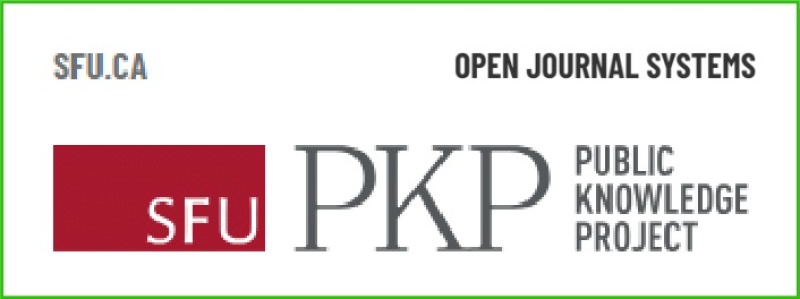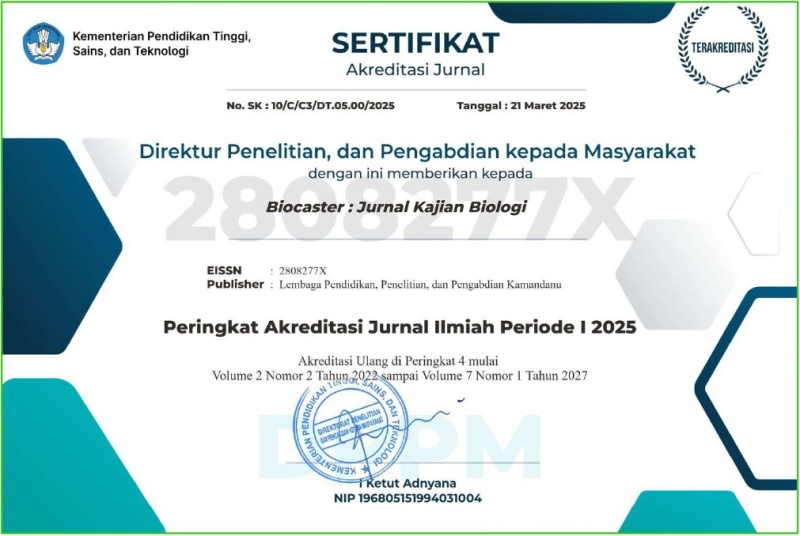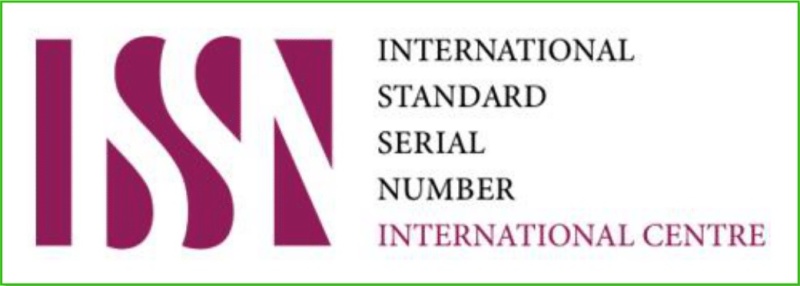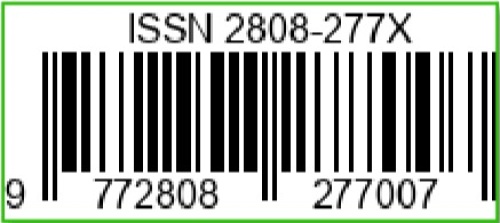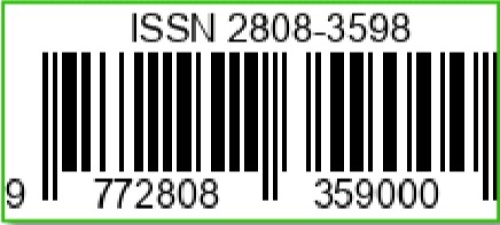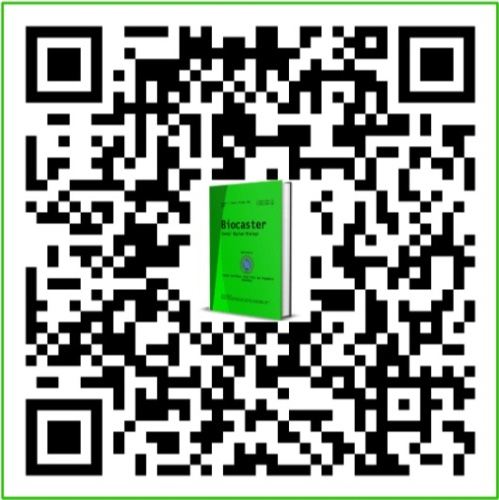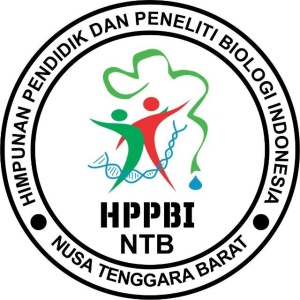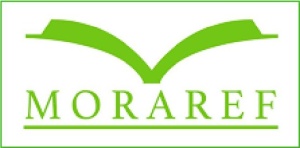Pola Distribusi Siput Air (Gastropoda) sebagai Bioindikator Pencemaran Air di Sungai Unus Kota Mataram dalam Upaya Pengembangan Modul Ekologi
DOI:
https://doi.org/10.36312/biocaster.v3i3.191Keywords:
Distribution Pattern, Gastropods, Bioindicator, Ecology Module.Abstract
The results of preliminary observations on the Unus River in Mataram City show that the gastropods in each village which the river flows through have different characters according to the activities around the river and the level of river water pollution. Pollution and the high activity of residents who use the river as a residential area, indications of pollution in the Unus River can be seen from the condition of the river estuary which is quite dirty, so great ecological pressure is occurring in the river, it is necessary to conduct research on the community structure of macrozoobenthos, especially water snails as a bioindicator of water quality in the Unus River, Mataram City in an effort to develop an ecological module. The aims of this study were: 1) to find out how the pattern of distribution of gastropods in the Unus River, Mataram City; 2) identify the types of gastropods found in the Unus River, Mataram City; 3) reveal the population of Gastropod dominance that dominates the Unus River in Mataram City; 4) analyze the population density of Gastropods in the Unus River, Mataram City; 5) analyzing the diversity of gastropod species in the Unus River, Mataram City; and 6) developing research results on distribution patterns of gastropods as bioindicators of water pollution in the Unus River, Mataram City in an effort to develop an ecological module. This type of research is descriptive exploratory and developmental research for the development of ecological modules. The sampling technique used was purposive sampling technique and the length of the transect used was 30 m. Based on the results of the study, the highest morbidity index was the Thiara requenti species with a value of 0.253 which was in the regular category. Found 12 species from 5 families namely; Pomacea canaliculata, Mellanoides plicaria, Apella demisum, Mellanoides puncata, Taribea granifera, Goniobasis virginica, Fillopaludina javanica, Thiara scabra, Thiara sp, Thiara requenti, and Mellanoides tuberculata. The highest Gastropod dominance population was owned by the Mellanoides plicaria species with a total of 0.48. The highest population density is occupied by the species Thiara requenti with a value of 7.3. The highest level of Gastropod diversity is located at station 2 with a value of 1.82. Based on the results of the validation and readability test of the ecological module, an average value of 90 and 82.9 was obtained for the legibility test, so it can be concluded that the module is very feasible to use.
Downloads
References
Arifin, Z. (2017). Evaluasi Pembelajaran : Prinsip-Teknik-Prosedur. Bandung: PT. Remaja Rosdakarya.
Arikunto, S. (2002). Metodologi Penelitian Suatu Pendekatan Praktik. Jakarta: PT. Rineka Cipta.
Baderan, D. W. K., Hamidun, M. S., & Utina, R. (2021). Keanekaragaman Mollusca (Bivalvia dan Polyplacophora) di Wilayah Pesisir Biluhu Provinsi Gorontalo. Bioeksperimen Jurnal Penelitian Biologi, 7(1), 1-11. https://doi.org/10.23917/bioeksperimen.v7i1.13798
Boitani, L., & Powell, R. A. (2012). Carnivore Ecology and Conservation: A Handbook of Techniques. New York: Oxford University Press.
Brower, J. E., & Zar, J. H. (1989). Field and Laboratory Method from General Ecology. Dubuque, Iowa: Brown Company Publishers.
Daroini, T. A., & Arisandi, A. (2020). Analisis BOD (Biological Oxygen Demand) di Perairan Desa Prancak Kecamatan Sepulu, Bangkalan. Juvenil: Jurnal Ilmiah Kelautan dan Perikanan, 1(4), 558-566. https://doi.org/10.21107/juvenil.v1i4.9037
Desmawati, I., Adany, A., & Java, C. A. (2019). Studi Awal Makrozoobentos di Kawasan Wisata Sungai Kalimas, Monumen Kapal Selam Surabaya. Jurnal Sains dan Seni ITS, 8(2), 19-22. https://doi.org/10.12962/j23373520.v8i2.49929
Efendi, H. (2003). Telaah Kualitas Air : bagi Pengelolaan Sumber Daya dan Lingkungan Perairan. Yogyakarta: Kanisius.
Ernawati., Rohyani, I. S., Ardi, R. H., Wahyuningsih, A. F., Muflihah, B. H. T., & Zubair, R. A. (2023). Macrozoobenthos Diversity as a Bioindicator of Water Quality in River Sesaot Village Narmada West Lombok. Jurnal Biologi Tropis, 23(2), 543-550. https://doi.org/10.29303/jbt.v23i2.4860
Hadi, I. (2023). Struktur Komunitas Gastropoda sebagai Bioindikator Pencemaran Air Sungai Gorong Kabupaten Lombok Tengah dalam Upaya Penyusunan Petunjuk Praktikum Ekologi. Biocaster : Jurnal Kajian Biologi, 3(2), 85-99. https://doi.org/10.36312/biocaster.v3i2.175
Hotimah, K., Hasanah, I., & Yusa, I. W. (2022). Analisis Pola Penyebaran Populasi Hewan Perairan di Kawasan Pesisir Pantai Jumiang. Bioma: Jurnal Biologi Indonesia, 18(1), 24-31. https://doi.org/10.21009/Bioma18(1).4
Hulopi, M., Queljoe, K. M. D., & Uneputty, P. A. (2022). Keanekaragaman Gastropoda di Ekosistem Mangrove Pantai Negeri Passo Kecamatan Baguala Kota Ambon. TRITON: Jurnal Manajemen Sumberdaya Perairan, 18(2), 121-132. https://doi.org/10.30598/TRITONvol18issue2page121-132
Husamah., & Rahardjanto, A. (2019). Bioindikator (Teori dan Aplikasi dalam Biomonitoring). Malang: Universitas Muhammadiyah Malang.
Hutasuhut, M. A. (2020). Ekologi Tumbuhan. Diktat. Universitas Islam Negeri Sumatera Utara.
Liline, S., Kubangun, M. T., Kurnia, T. S., Mutmainah, W. N., & Heremba, J. (2020). Kepadatan Nerita sp di Perairan Pantai Negeri Suli Teluk Baguala Kabupaten Maluku Tengah. Biosel: Biology Science and Education, 9(2), 109-114. http://dx.doi.org/10.33477/bs.v9i2.1626
Marhento, G., & Alamsyah, M. (2021). Studi Identifikasi Biodiversitas Gastropoda di Kawasan Situ Gintung Kota Tangerang Selatan Provinsi Banten. EduBiologia: Biological Science and Education Journal, 1(2), 98-108. http://dx.doi.org/10.30998/edubiologia.v1i2.9397
Muford. (2014). Pengembangan 4C’s dalam Pembelajaran Matematika. Malang: Universitas Negeri Malang.
Muhammad, I. R. U. (2019). Studi Keanekaragaman Makrozoobentos di Sumber Taman dan Alirannya, Desa Karangsuko, Kecamatan Pagelaran, Kabupaten Malang. Skripsi. Universitas Islam Negeri Maulana Malik Ibrahim.
Muslich. (2010). Textbook Writing, Dasar-dasar Pemahaman, Penulisan, dan Pemakaian Buku Text. Jogjakarta: Ar-Ruzz Media.
Nawariah, S., Fajri, S. R., & Royani, I. (2022). Efektivitas Pemanfaatan Kulit Bawang Merah dan Air Cucian Beras sebagai Zat Pengatur Tumbuh bagi Tanaman Tomat (Solanum lycopersicum Mill.) dalam Upaya Penyusunan Buku Petunjuk Praktikum Fisiologi Tumbuhan. Educatoria : Jurnal Ilmiah Ilmu Pendidikan, 2(3), 153-164. https://doi.org/10.36312/ejiip.v2i3.100
Odum, E. (1983). Basic Ecology. Washington D.C.: Saunders College Publishing.
Rahmantyah, S. S. (2023). Studi Komparasi Kuantitas Bivalvia pada Zona Intertidal di Pantai Ntana Kabupaten Bima sebagai Upaya Penyusunan Brosur Konservasi. Panthera : Jurnal Ilmiah Pendidikan Sains dan Terapan, 3(2), 70-93. https://doi.org/10.36312/panthera.v3i2.164
Sari, D. M. (2019). Pengembangan Modul Materi Pengetahuan Dasar Geografi (Berbasis Contoh dan Terapan) Kelas X SMA Muhammadiyah 2 Bandar Lampung Tahun 2019. Skripsi. Universitas Lampung.
Sari, N. D. (2017). Analisis Status Pencemaran Air dengan Gastropoda sebagai Bioindikator di Aliran Sungai Sumur Putri Teluk Betung Bandar Lampung. Skripsi. Universitas Islam Negeri Raden Intan Lampung.
Septiana, N. I. (2017). Keanekaragaman Moluska (Bivalvia dan Gastropoda) di Pantai Pasir Putih Kabupaten Lampung Selatan. Skripsi. Universitas Islam Negeri Raden Intan Lampung.
Setyosari, P., & Effendi, M. (1990). Pengajaran Modul. Malang: Departemen Pendidikan dan Kebudayaan IKIP Malang.
Sudipta, I. G. M., Arthana, I. W., & Suryaningtyas, E. W. (2020). Kerapatan dan Persebaran Tumbuhan Air di Danau Buyan Kabupaten Buleleng, Provinsi Bali. Journal of Marine and Aquatic Sciences, 6(1), 67-77. https://doi.org/10.24843/jmas.2020.v06.i01.p09
Sugiyono. (2013). Metode Penelitian Kuantitatif, Kualitatif dan R&D. Bandung: CV. Alfabeta.
Supriatna., Mahmudi, M., Musa, M., & Kusriani. (2020). Hubungan pH dengan Parameter Kualitas Air pada Tambak Intensif Udang Vannamei (Litopenaeus vannamei). Journal of Fisheries and Marine Research, 4(3), 368-374. https://doi.org/10.21776/ub.jfmr.2020.004.03.8
Thiagarajan, S., Semmel, D. S., & Semmel, M. I. (1974). Instructional Development for Training Teachers of Exceptional Children: A Sourcebook. Bloomington: Indiana University.
Wulansari, D. F., & Kuntjoro, S. (2018). Keanekaragaman Gastropoda dan Peranannya sebagai Bioindikator Logam Berat Timbal (Pb) di Pantai Kenjeran, Kecamatan Bulak, Kota Surabaya. LenteraBio: Berkala Ilmiah Biologi, 7(3), 241-247.

Downloads
Published
How to Cite
Issue
Section
License
Copyright (c) 2023 Laily Sofiana, Nofisulastri, & Safnowandi

This work is licensed under a Creative Commons Attribution-ShareAlike 4.0 International License.
-
Attribution — You must give appropriate credit, provide a link to the license, and indicate if changes were made. You may do so in any reasonable manner, but not in any way that suggests the licensor endorses you or your use.
-
ShareAlike — If you remix, transform, or build upon the material, you must distribute your contributions under the same license as the original.

